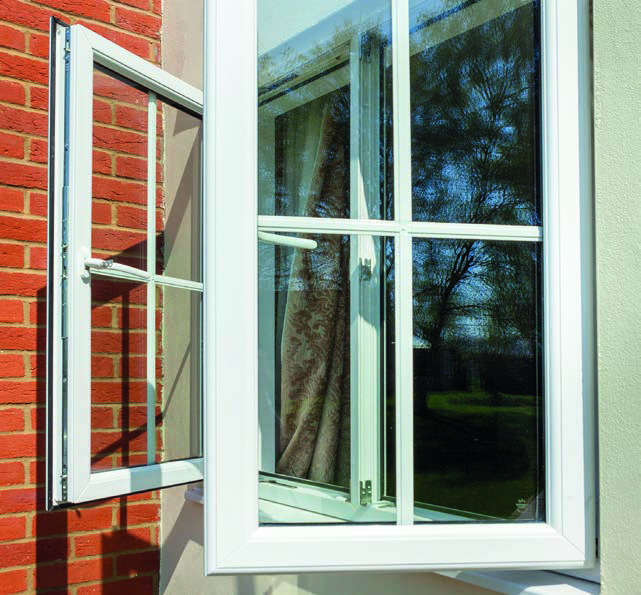U-value is the most relevant measurement of energy efficient ratings for windows, doors, roofs, and walls within a house. It allows you to understand the efficiency impact and compare various window, roof, and door products if you are doing some home renovations.
What is U-value?
U-value is the measurement for heat transfer applied to how building components transfer heat. U-values are used to measure different aspects of a structure, this can include:
- Roof
- Walls
- Floor
- Doors
- Windows
General rule of thumb is the lower the u-value the greater the energy efficiency.
How to calculate u-value?
U-value is calculated from the rate of energy transfer through 1 square meter of a structure (such as a window) divided by the difference in temperature on either side of the structure.
What is a good u-value?
Anything that meets the Building Regulations or lower is considered a good u-value, this is current set at 1.4 for all replacement windows and doors. However, the lower you can get the better!
What’s different about U-Value from the old energy efficiency scale?
In the old energy efficiency rating scale, it accounted for the solar gain which a product might gain, but the u-value focuses on heat retention as a more reliable way to efficient rate and understand the energy efficiency of doors, windows roof etc.
U-values look at what can be controlled by the product such as, the amount of heat transfer through it and the difference in temperature throughout the structure. This also plays a part in the introduction of Tickle Vents (link to blog) that ensure that a building is properly ventilated and not over-heating.
Why are u-values important?
Most people are used to the rainbow coloured stickers with the grading A through F, for energy ratings. Normally seen on fridges, washing machines and other larger appliances they let consumers understand their new appliances impact on their carbon footprint.
It’s the same for windows, doors and other building structures, this rating allows you as the consumer to understand the energy efficiency of the products you are looking at so that you can make the best comparison of products that will not only improve your carbon footprint; doing your bit for the planet but can also help to reduce energy and heating bills thanks to their thermal efficiency.
Benefits of low U-value products:
- Less heat loss
- Helps to reduce energy consumption
- Helps to reduce energy bills
- Prevents the growth of surface mould

